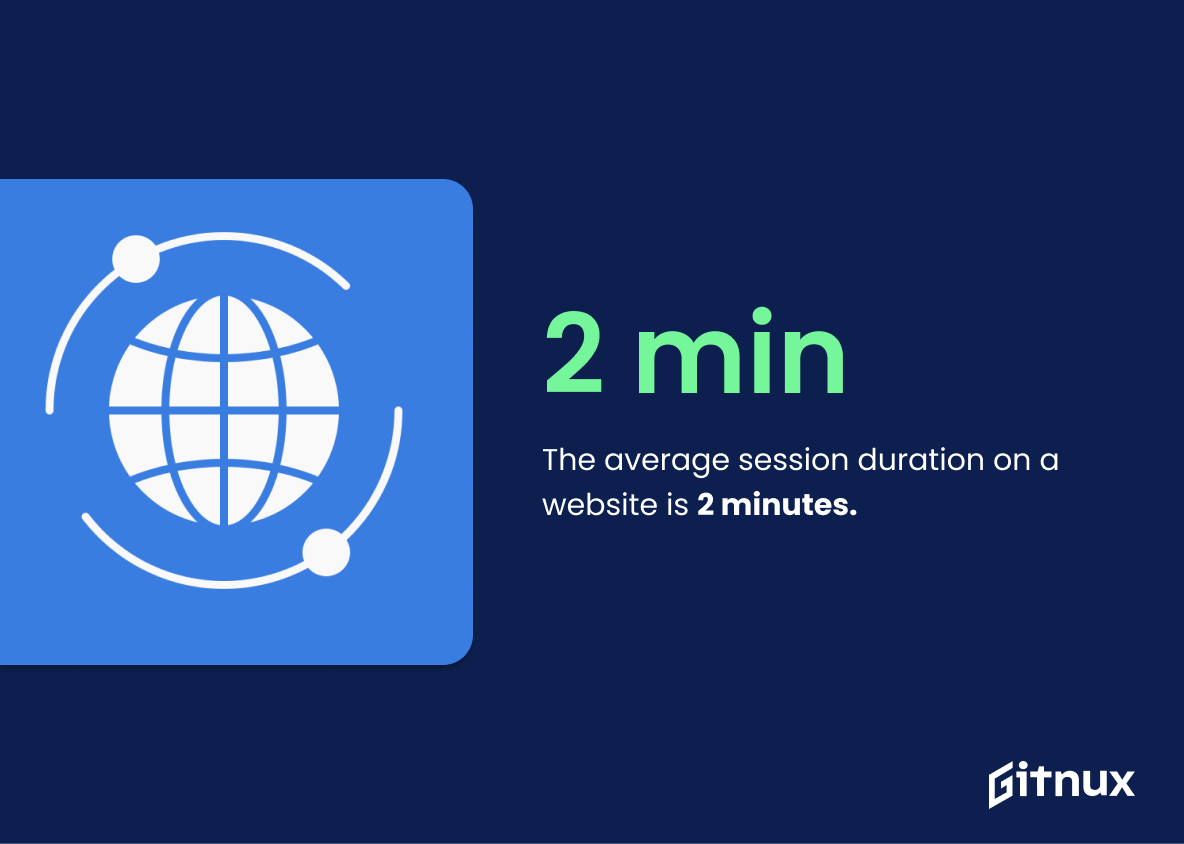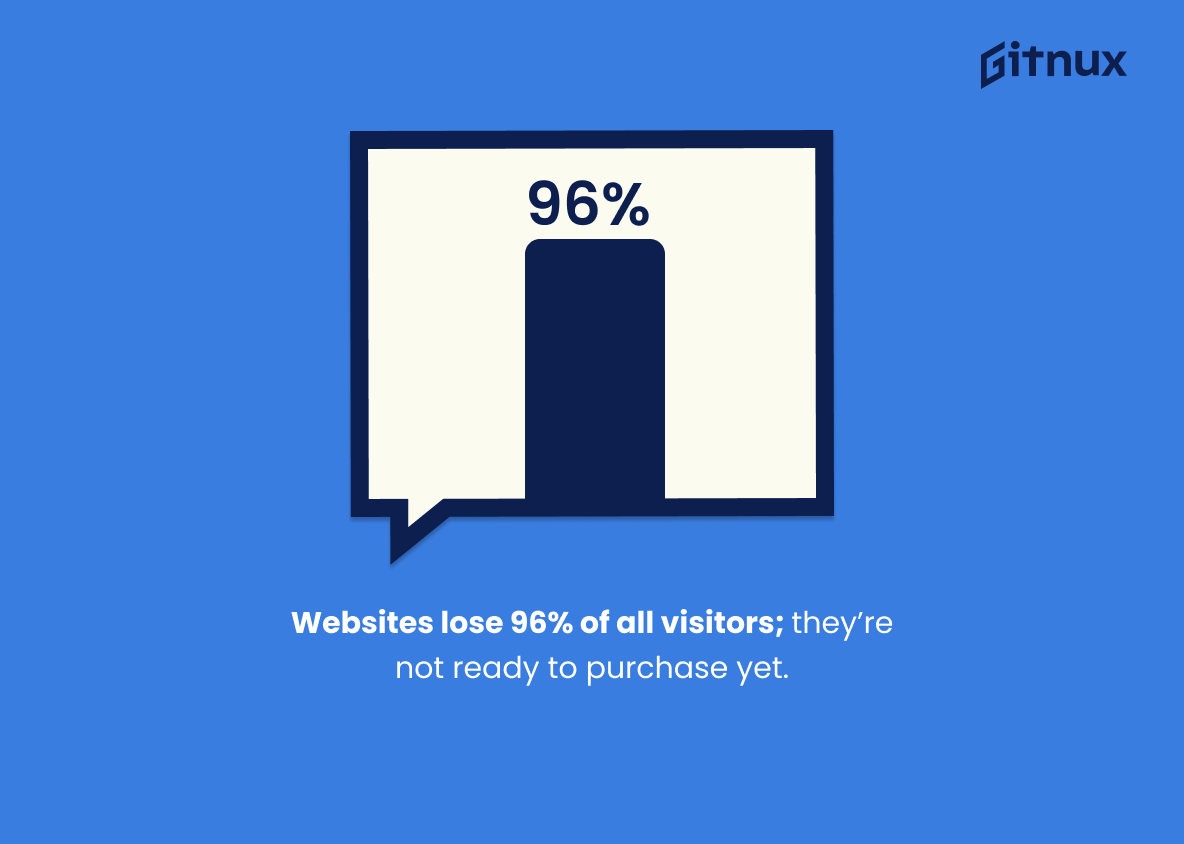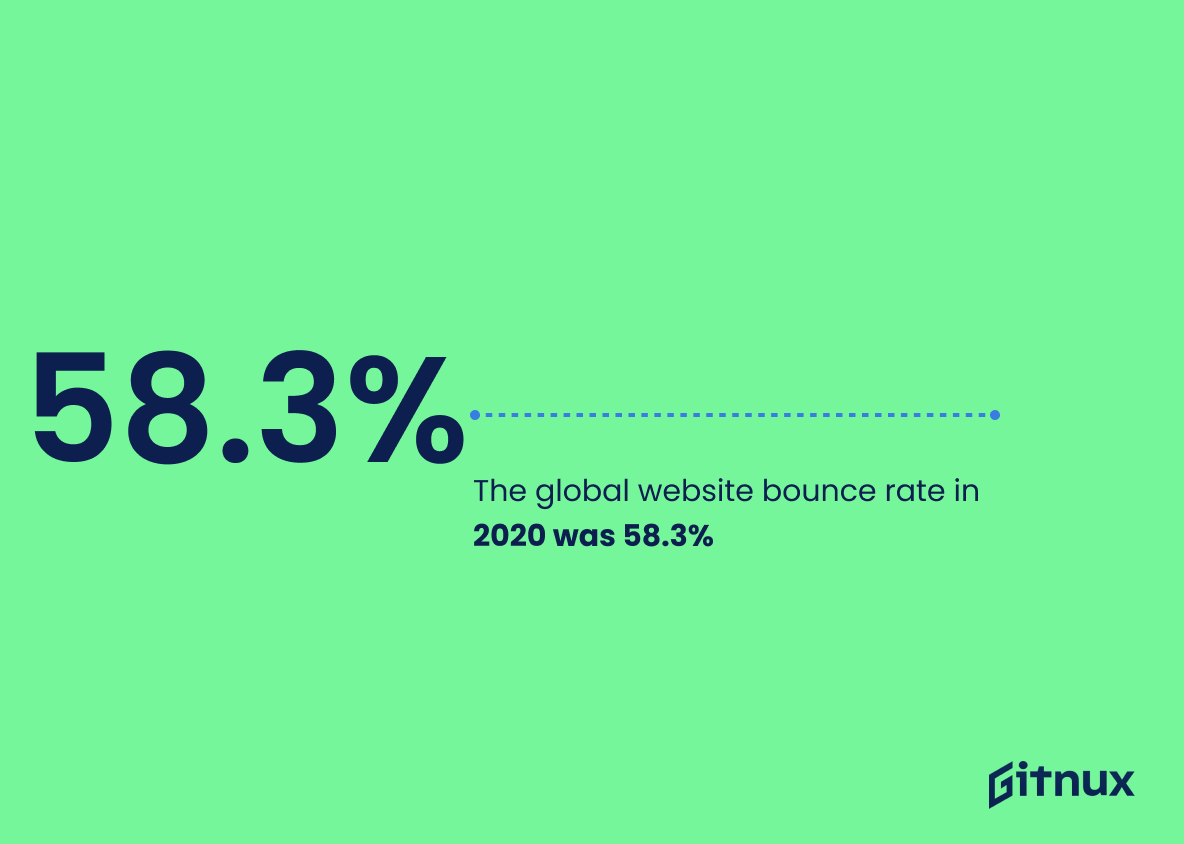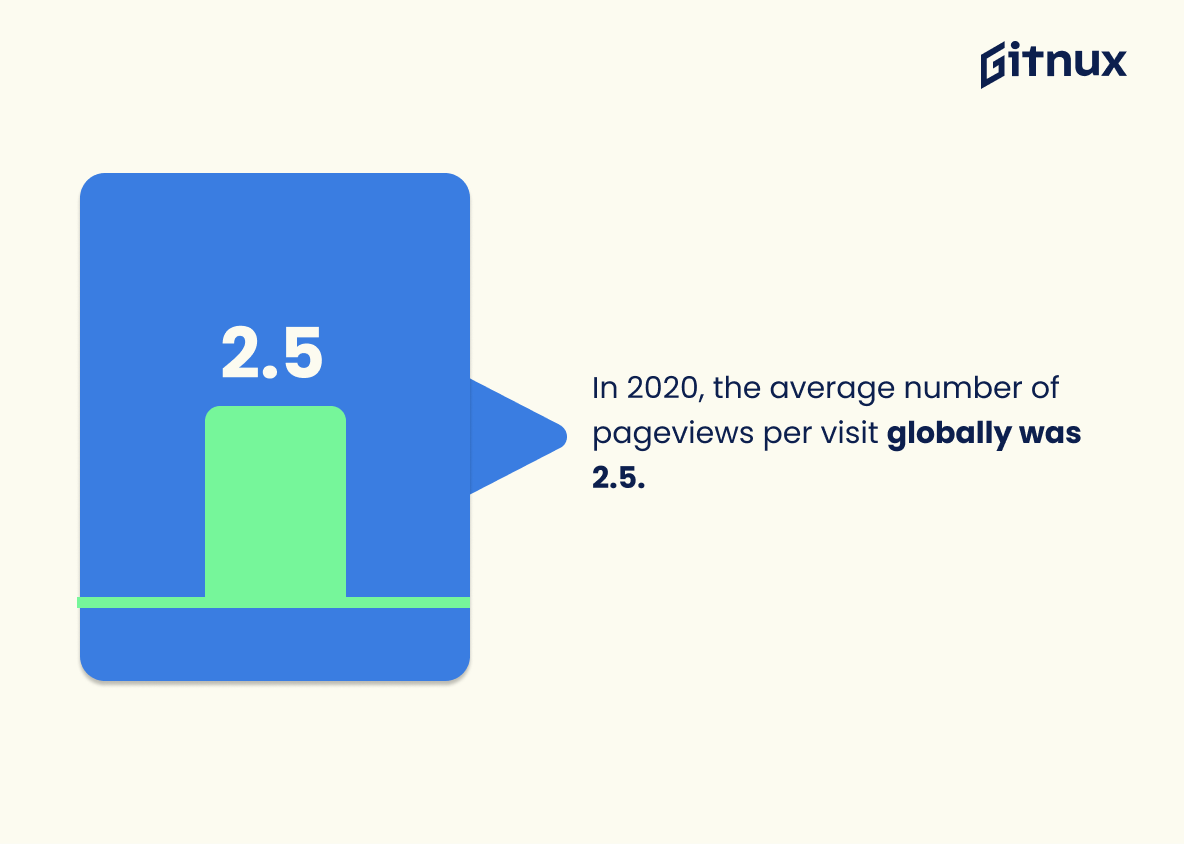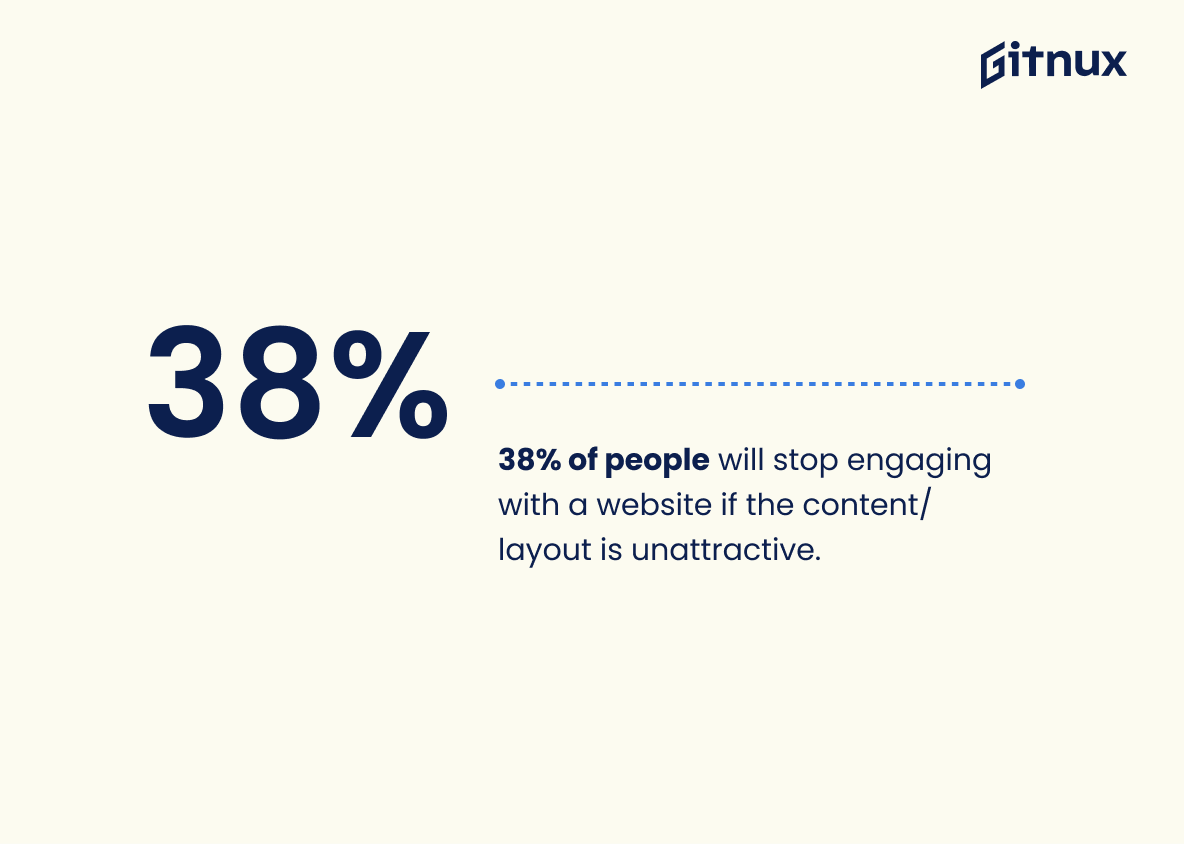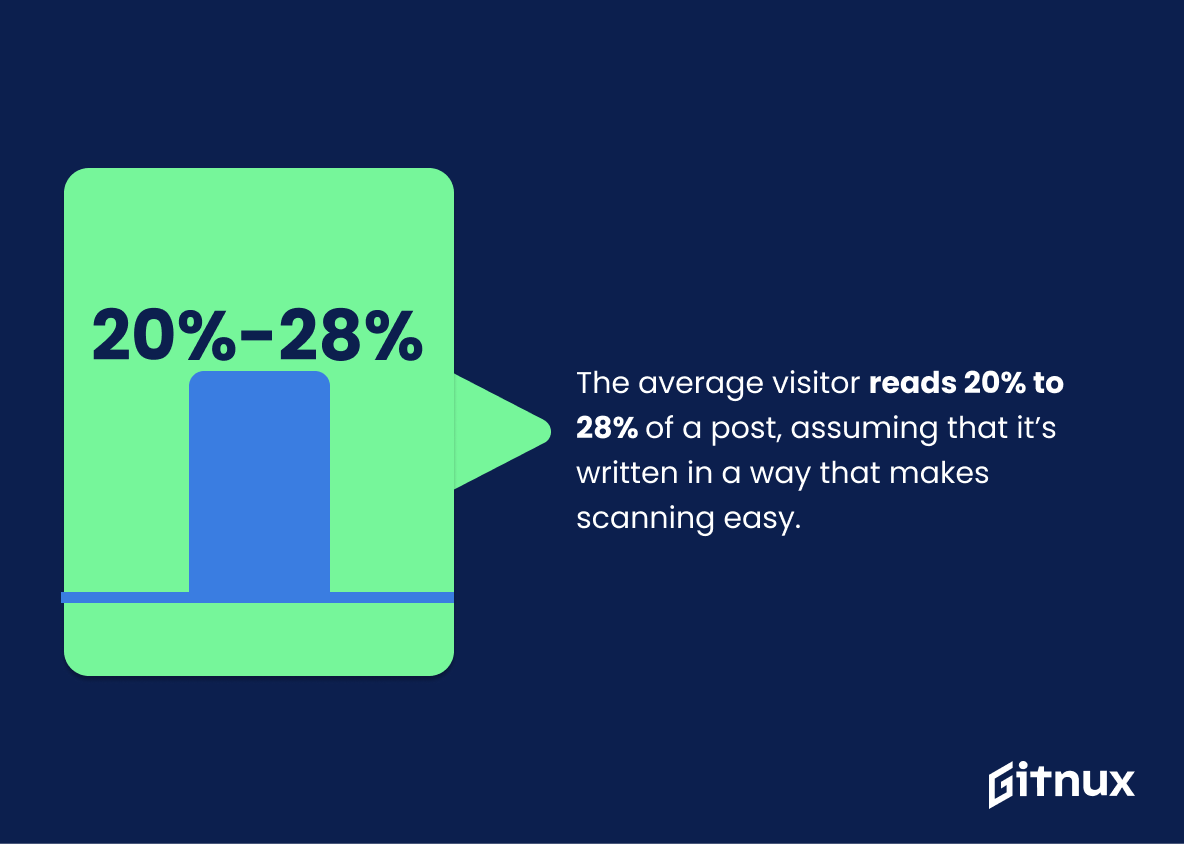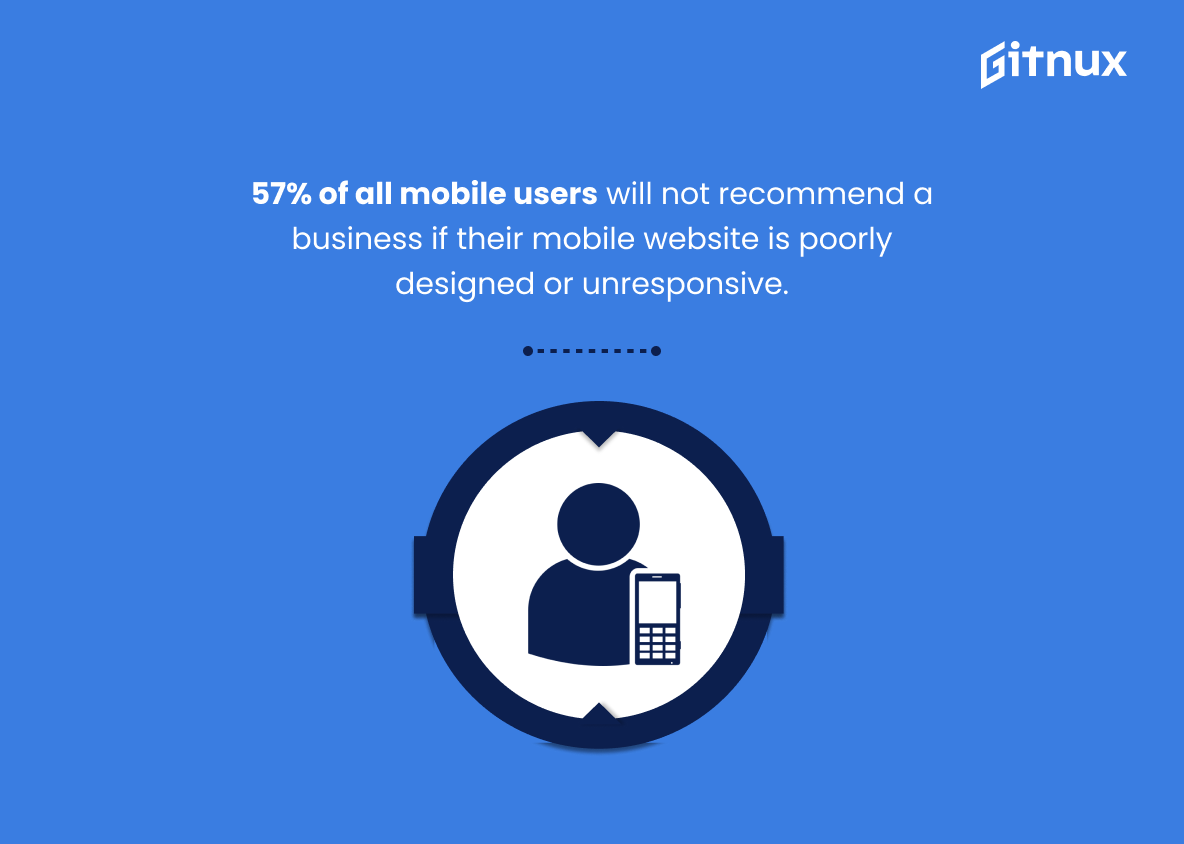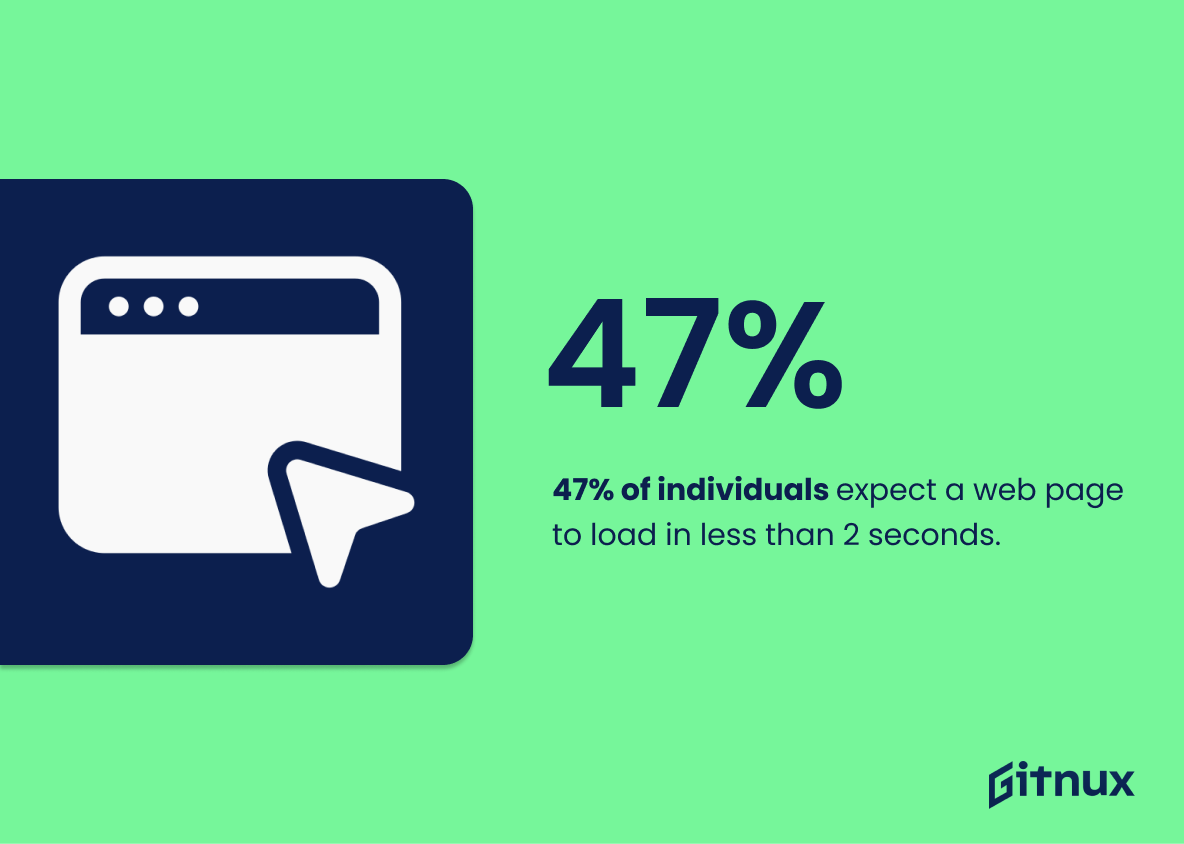In the dynamic digital world, understanding your audience is paramount to business success. Website visitor statistics, often called web analytics, are a key aspect of this understanding. This insightful data can significantly transform the way a business operates online. In this blog post, we delve into the crucial realm of website visitor statistics: what they are, why they matter, and how to use them for enhancing your digital footprint. We’ll take you on a journey from the raw numbers to strategic actions, mapping out everything you need to know about this indispensable treasure trove of customer insight. Whether you’re a novice entrepreneur or a seasoned business pro, these insights will help you get the most from your website, maximizing engagement and boosting conversion rates. So, brace yourself: it’s time to decode the data and make it work for your business.
The Latest Website Visitor Statistics Unveiled
The average session duration on a website is 2 minutes.
Peeling back the layers of website visitor behavior, we unearth a golden nugget of insight: the average session duration on a website spanning two minutes. Now picture this, each ‘tick-tock’ on the clock echoing an opportunity – a chance to catch the user’s intrigue, to pique their curiosity further, or to deliver value and information. If we view this in the grand amphitheater of website visitor statistics, these two minutes could signify the stage of our performance.
They offer a window into how engaging the site’s content might be and how effective its design is in guiding users. It’s the suspense in each visitor’s mini-story, showing their level of interest and their commitment to unravelling what the website offers. In the spotlight of all website metrics, the length of two minutes could either represent an act of pulling the curtain too soon, or a memorable performance open for encore.
Undeniably, these two minutes become the pulse by which we measure the life of each session, and thus, the health of the website.
Websites lose 96% of all visitors; they’re not ready to purchase yet.
Diving into the depths of online shopping, the startling figure of websites losing 96% of all visitors, as they aren’t prepared to make a purchase yet, shines an illuminating spotlight on the importance of understanding website visitor statistics. Within the digital corridors of a blog post centered around this subject, this chilling statistic acts as an iceberg warning for digital marketers, steering the conversation towards the implementation of effective strategies to foster visitor engagement and retention.
It sends a clear message in neon lights: a vast majority of potential customers are simply grazing, not ready to belly up to the purchase bar. This has enormous implications for website owners, directing them to focus not just on flashy sales pitches, but also on cultivating customer relationships. The statistic highlights the necessity to keep visitors hooked, engaged, and coming back for more, even when an immediate purchase isn’t in the picture.
Hence, this statistic acts as an engine driving the narrative within a blog post about website visitor statistics, demonstrating the need for a more sustained, long-term approach to convert passive visitors into active customers.
The global website bounce rate in 2020 was 58.3%
Navigating the labyrinthine world of website visitor statistics can often seem daunting. However, taking note of certain key metrics can shine a light on areas of interest, or concern. Consider the parameter of the global website bounce rate, which in 2020, marked its territory at 58.3%. Now, one might ask why we should pay attention to this digital echo in an ocean of data.
It’s like an answer hidden in the shadows, whispering about user engagement and content relevance. A high bounce rate can be thought of as people entering a physical store and exiting without a moment’s hesitation to look around. In our case, the guests at this digital party find no reason to mingle, often bowing out after the first interaction – a reflection of a possible discrepancy between user expectation and website content. The 58.3% figure underlines a crucial aspect: nearly three in five visitors may be leaving because they’re not finding something they expected or desired.
This is a wake-up call for bloggers, search engine optimizers, and website owners to dig deeper, to create content that grasps the users’ attention, satisfies curiosity, and exceeds expectations. Going beyond the fancy design and meta tags, it emphasizes enriching the user experience by offering captivating and helpful content, a coherent site structure, and a smooth navigation experience. So, this 58.3% is not just a statistic, it’s a tell-tale sign urging us to improve and adapt in this ever-evolving digital landscape.
In 2020, the average number of pageviews per visit globally was 2.5.
Reflect upon the year 2020 and picture this: on a global scale, individuals surfing the internet clicked through to an average of 2.5 pages every time they visited a site. Now, why would this figure stir interest in a blog post about Website Visitor Statistics? Well, it’s a powerful indicator of user engagement and site stickiness.
The higher the number of page views per visit, the richer the user interaction typically is. If users are browsing through multiple pages, it signals that the site’s content is compelling enough to hold their attention, prompting them to explore further. This, in turn, aids in reducing bounce rates and increases the chances of conversion, whether it’s a product sale or a call-to-action.
Furthermore, this statistic also helps businesses understand their audience’s behaviour. If the average pageviews per visit number dips below 2.5, it might be an alarm that the site’s content or navigation isn’t resonating with visitors. Conversely, if the number is significantly higher, it might imply that visitors may be having a hard time finding the information they need.
So, what may seem like a simple numeric stat, 2.5, actually unpacks a wealth of insight about user behaviour, website usability and potential hurdles in achieving business goals, making it a crucial element of any discussion on Website Visitor Statistics.
57% of Internet users say they won’t recommend a business with a poorly designed website on mobile.
In the vibrant digital terrain of the 21st century, the sentiment of internet users carries heavy weight; a reality augmented by the statistic that 57% of them would think twice before endorsing a business with an inferior mobile website design. This datum vibrantly illuminates the significance of optimal mobile website design in shaping the business’s online reputation and influencing customer recommendations. In effect, it serves as a wake-up call to businesses, ushering them to make their websites as navigation-friendly and aesthetically pleasing on mobile platforms to boost their customer base and utilization rates, crucial subjects in our discussion on website visitor statistics.
Pharmacies get the longest visit durations (over 5 minutes on average).
Peeling back the layers of this intriguing statistic – ‘Pharmacies get the longest visit durations (over 5 minutes on average)’, offers us a rich tapestry of insight, particularly in the realm of website visitor statistics. First and foremost, it underpins the critical role that web design and content quality play in engaging visitors and prompting them to stay longer.
In relation to the blog post on Website Visitor Statistics, it sheds light on industry-specific trends. Understanding that visitors are willing to spend more time on pharmacy websites may suggest complex decision-making processes, the need for detailed information or potentially the design elements of the websites themselves. These components could serve as pillars for strategies aiming to increase visit durations on other websites.
Furthermore, the length of the visit often correlates with visitor engagement. Websites that keep people around for longer can generally boast of stronger user engagement. This understanding broadens our horizon for crafting and structuring website content that can more effectively captivate the audience’s attention.
Lastly, this eye-opening statistic could be harnessed for competitive analysis. Seeing that pharmacy websites achieve longer visit durations – other retailers or information-providers could investigate and emulate certain successful aspects, to boost their own online performance. Truly, this intriguing piece of data doesn’t merely remain a statistic, but a gravity well of actionable insights in the world of online behavior.
Only 0.78% of Google searchers click on results from the 2nd page.
To fully appreciate the gravity of this statistic, picture a sprawling digital metropolis where visibility determines survival. From the perspective of a site seeking visitor traffic, landing on the second page of Google search results is akin to setting up shop in an obscure alleyway — rarely stumbled upon. The sobering 0.78% click-through rate underscores how pivotal it is for websites, including blogs, to clinch a first-page position. When crafting a blog post about website visitor statistics, this data sets the stage for various strategies, such as search engine optimization (SEO), to improve search engine ranks and thus, visibility. All in all, it emphasizes the overwhelmingly high stakes competition in the quest for digital visibility.
38% of people will stop engaging with a website if the content/layout is unattractive.
Just picture this: you’ve poured in hours crafting captivating content for your website only to find that slightly more than a third of visitors are clicking away without engaging. The culprit? An unattractive layout or content structure. Now here’s the kicker – an alarming 38% get deterred by uninspiring design. This figure casts a glaring spotlight on the undeniable power of aesthetics and structure for online platforms. With almost 2 out of every 5 visitors reluctant to engage with visually unappealing or confusing websites, it’s a quintessential wake-up call for digital creators, emphasizing the strong need to prioritize immaculate and engaging design. It brings home the message that to capture and retain viewer engagement, content quality must go hand-in-hand with appealing layout design.
The average visitor reads 20% to 28% of a post, assuming that it’s written in a way that makes scanning easy.
In the dynamic universe of website visitor statistics, the data point stating that an average visitor scans 20% to 28% of an easily scannable post serves as a pivotal compass. It navigates content developers, strategists, and website owners through the labyrinth of their audience’s consumption behavior. This metric reinforces the power of concise and reader-friendly content, underlining the necessity to keep the digital scrolls as short as possible. Furthermore, it also emphasizes the importance of front-loading the most crucial information to ensure that it doesn’t escape the visitor’s skim-read. So, if you’re steering the content ship, sail it considering this statistic as your north star, creating content that entices the reader to stick around beyond the average 20-28% mark.
57% of all mobile users will not recommend a business if their mobile website is poorly designed or unresponsive.
In the vast universe of website visitor statistics, there exists an intriguing and highly impactful constellation: 57% of all mobile users steer clear from advocating a business with a subpar or unresponsive mobile website. This revelation catapults us into an era where digital experience is longer a luxury, but an absolute necessity.
Think about this. Over half of your mobile visitors, potential brand ambassadors, are unlikely to vouch for your business in the event of an unimpressive mobile site. This tide-turning scenario highlights the urgent need for businesses to invest in a robust, user-friendly mobile interface. By doing so, you’re not only enhancing the user experience but also bolstering your business reputation, your brand’s reach, and ultimately, the bottom line. Hence, a poorly designed mobile site isn’t just an aesthetic failure, but a missed opportunity to convert regular users into powerful advocates.
In the bustling bazaar of the web, winning over your mobile users equals tapping into a potent consumer base that not only values their online experience but also influences popular opinion. Remember, in today’s digital world, word of mouth travels at the speed of light, and it’s directly plugged into how your mobile website performs.
Thus, businesses, take note. It’s time to turn this statistic around. Let your mobile website designs be not something that holds back but something that propels your users to emphatically recommend your business to others.
47% of individuals expect a web page to load in less than 2 seconds.
Highlighting a striking fact, the statistic that 47% of individuals expect a web page to load in less than 2 seconds sheds light on the pivotal role of website efficiency. Such expectation underscores the importance of ensuring swift webpage loading times as a central topic for a blog post on Website Visitor Statistics.
In the blink-and-you-miss-it online world, every second counts. If a site fails to meet these expectations, it could result in lost engagement opportunities, elevated bounce rates, and potential revenue slippage. Hence, dissecting these figures can help webmasters to prioritize page load speeds, thereby enhancing user experience and cultivating an environment conducive to visitor engagement and conversion. After all, today’s Internet user is not just browsing; they are on a quest for instant information.
Conclusion
In the dynamic world of digital marketing, understanding website visitor statistics is not just beneficial; it is absolutely crucial. It’s these numbers and data that truly tell your online story, helping you identify strengths and weaknesses, and guiding you to make strategic decisions. Employ the right tools to make this task easier, ensure they are correctly set up, and dig into their insights frequently. Remember, being responsive to the behaviors and interests of your website visitors will ultimately lead to increased engagement, higher conversions, and improved overall online success. The power is in the data; it’s up to you to use it smartly.
References
0. – https://www.www.crazyegg.com
1. – https://www.www.invespcro.com
2. – https://www.www.socpub.com
3. – https://www.www.hubspot.com
4. – https://www.www.similarweb.com
5. – https://www.databox.com
6. – https://www.www.sweor.com
7. – https://www.hostingtribunal.com
8. – https://www.backlinko.com
9. – https://www.www.zerolimitweb.com
10. – https://www.www.socialmediatoday.com
